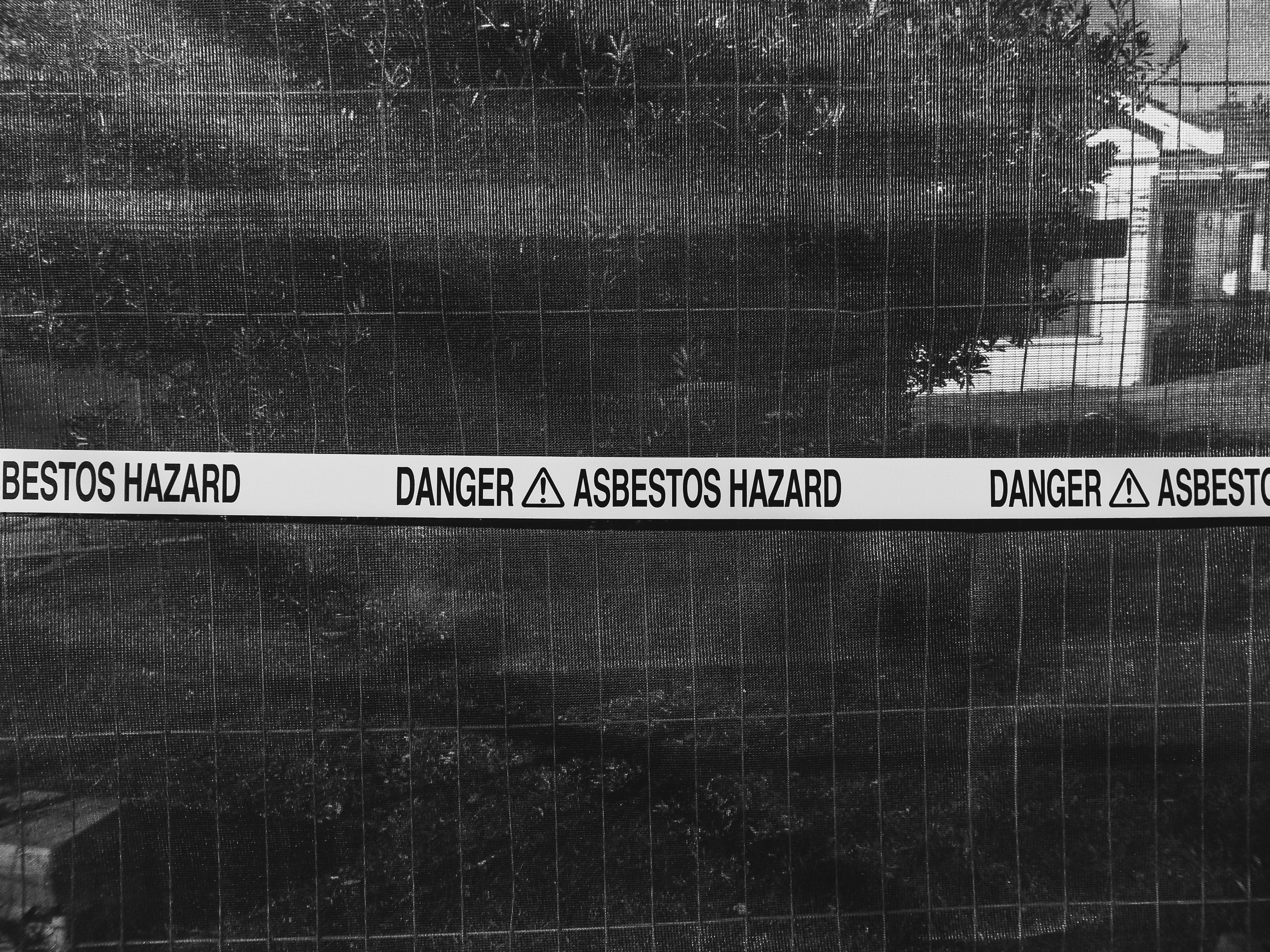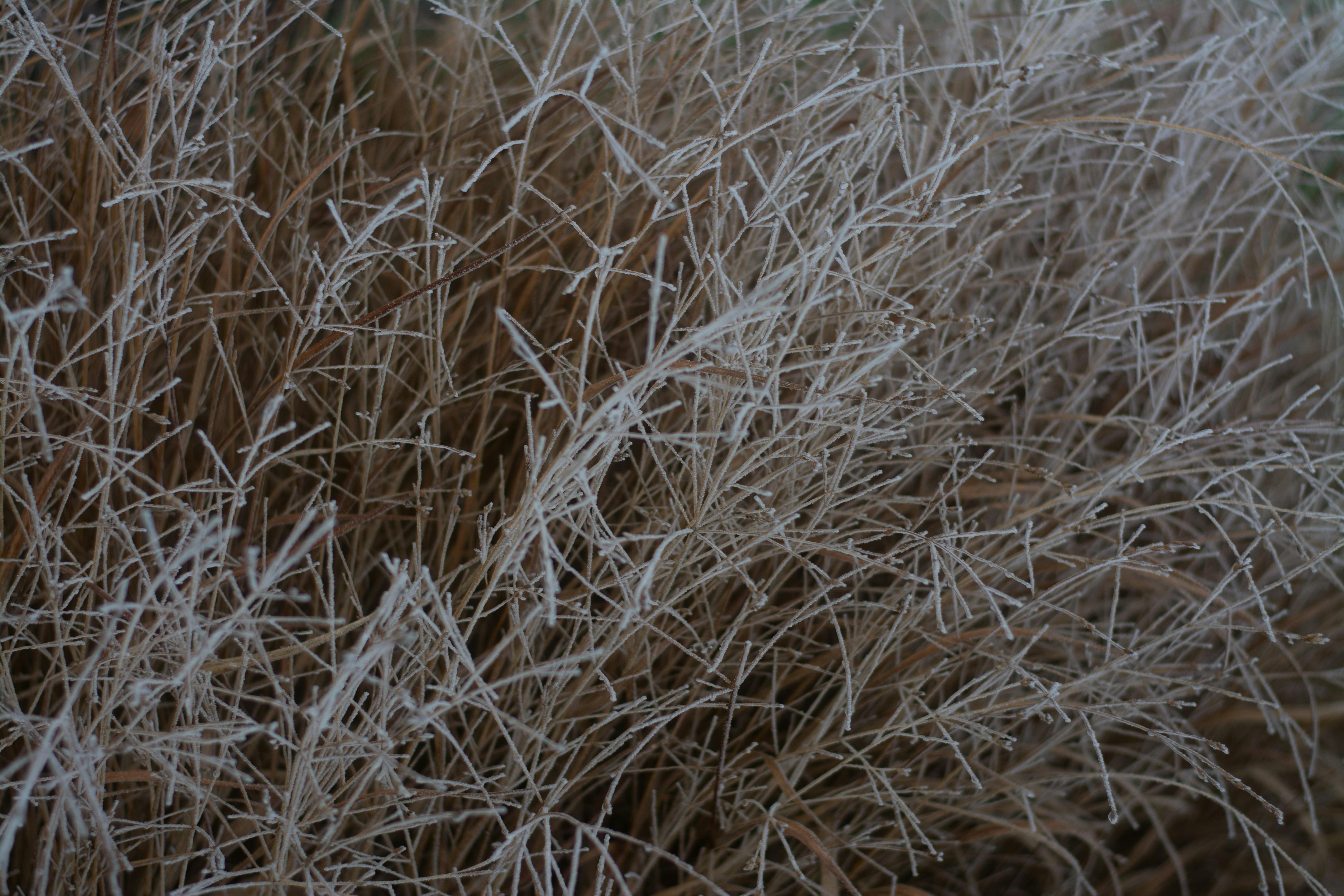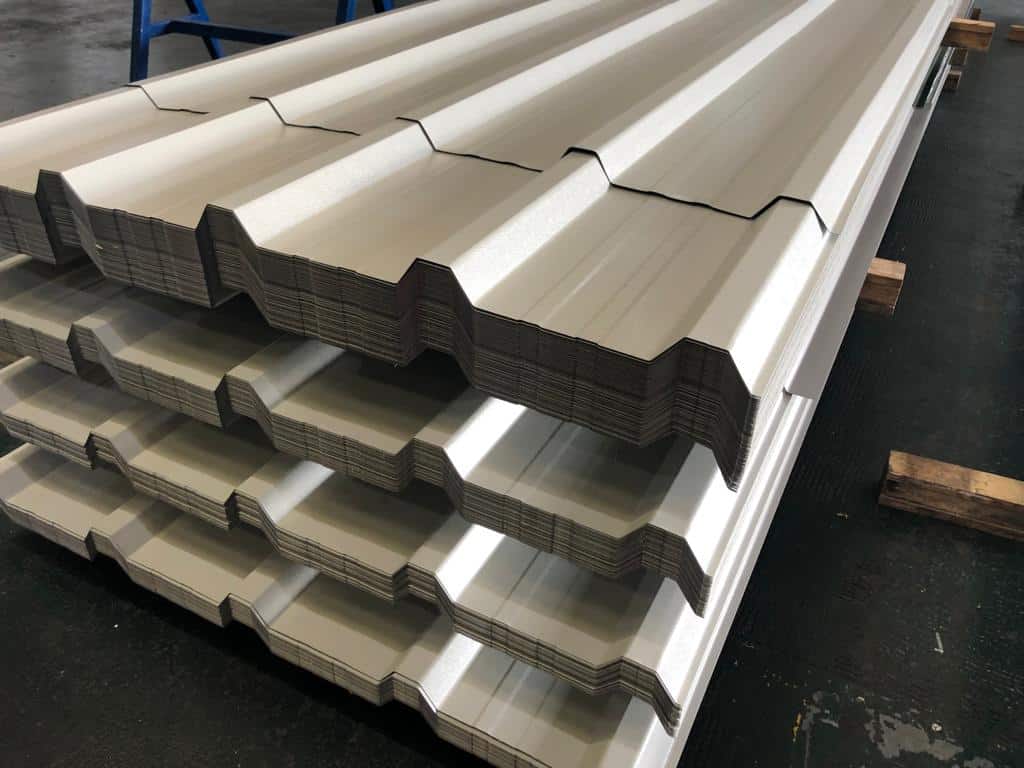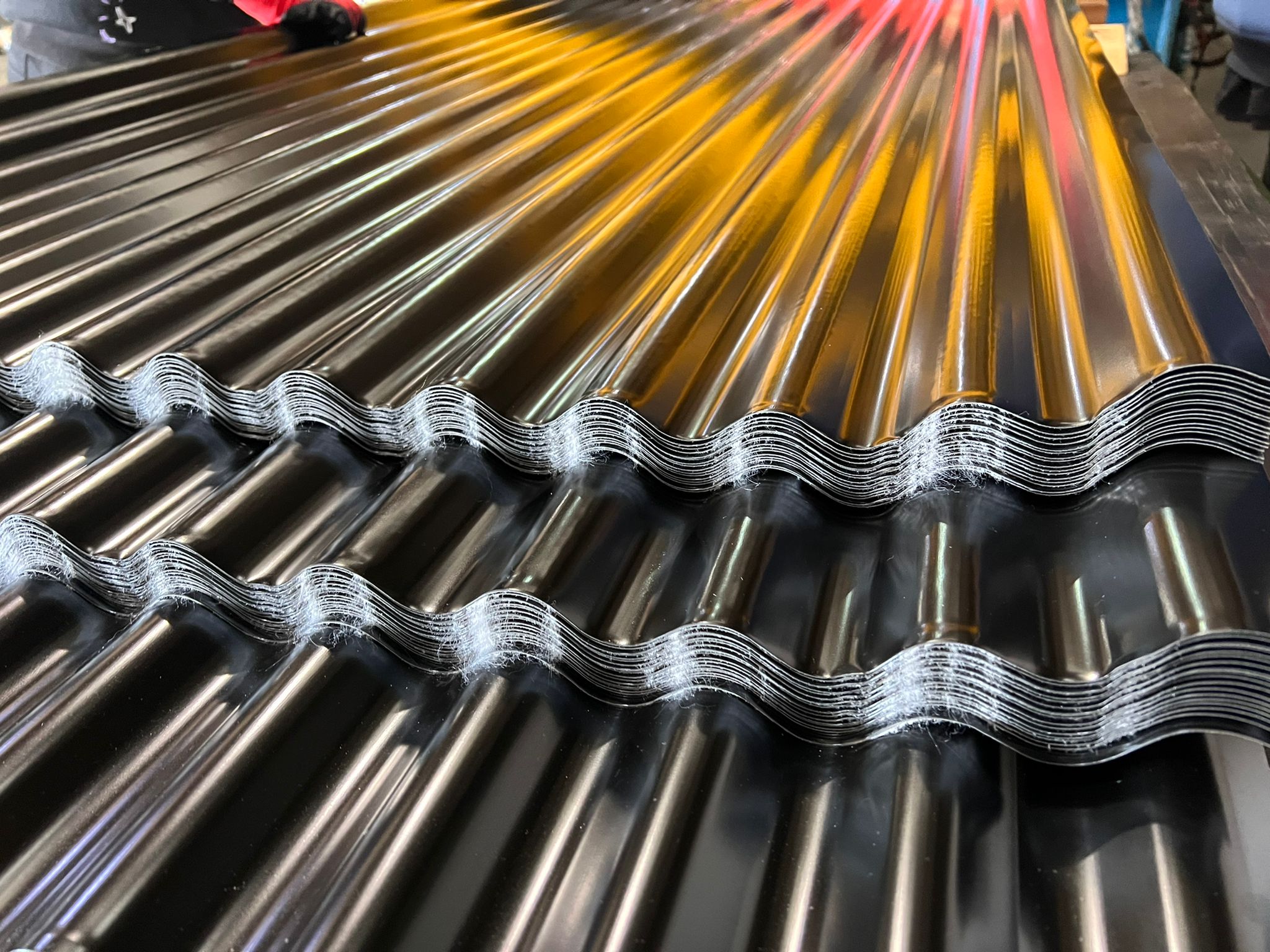If you own or work on older buildings, there’s a good chance you’ll encounter asbestos roof tiles at some point. These tiles were incredibly popular from the 1950s through to the 1980s, before we really understood the issues they pose, and unfortunately many are still in place today. Understanding how to identify asbestos roof tiles, assess the risks they present and handle them safely is essential knowledge for anyone dealing with older roofing systems.
In this guide, we will cover everything you need to know about asbestos roof tiles, from recognising them in the first place through to understanding your options for safe management and disposal.
What is Asbestos & Why Was it Used?
Asbestos is a naturally occurring mineral that was prized for being completely fireproof, incredibly durable, weather-resistant and relatively inexpensive to produce. The most common type used in roofing was chrysotile asbestos, mixed with cement to create asbestos roof sheets and tiles.
These materials seemed perfect for post-war construction, offering decades of reliable performance at an affordable price. What manufacturers didn’t fully understand was the serious health risks that would later become apparent.
When Was Asbestos Banned in the UK?
In the UK, the process of phasing out the use of asbestos was gradual. Blue and brown asbestos were banned in the mid-1980s, with all asbestos products then being banned completely by 1999. The Control of Asbestos Regulations were then introduced in 2012.
This timeline means any building constructed or re-roofed between 1950 and 1999 could potentially contain asbestos tiles.

How to Spot Asbestos Roof Tiles
Identifying asbestos roofing tiles isn’t always straightforward, but there are several characteristics to look out for which can help you and your fellow roofing contractors stay safe when working on these dated builds.
Colour and Surface Texture
The biggest thing to keep an eye out for is the distinctive grey colour of asbestos, which ranges from light to dark charcoal. The surface has a slightly rough, chalky texture that differs markedly from the smooth appearance of modern tiles. This chalky texture is particularly noticeable when you run your hand across the surface – asbestos tiles often feel slightly gritty or powdery, especially on older installations where surface weathering has occurred.
The material has a distinctive matte finish that lacks the slight sheen you’ll often see on modern fibre cement or concrete tiles.
Weathering Patterns
When aged, the weathering pattern of asbestos is very distinctive compared to modern tiles. Rather than wearing evenly like modern materials, asbestos roof sheets tend to develop a patchy, bleached appearance with areas where the original grey colour has faded to almost white or very pale grey, interspersed with darker sections that retain more of the original colouring.
Thickness and Appearance
Asbestos tiles are typically much thinner than their modern counterparts, and they will also feel much lighter than you might expect. When tapped gently, asbestos in roof tiles will also produce a distinctly hollow, almost brittle sound that is noticeably different to the more solid thud of modern cement-based tiles.
- Usually 6 – 8mm thick vs 10 – 15mm for contemporary materials
- More fragile appearance overall
- Slight flexing or movement when walking across the roof
Crack Development
Another visual indicator is the development of hairline cracks over time. These fine fractures often appear in a web-like pattern across the surface and are more common in asbestos roofing than in modern alternatives. While small cracks don’t necessarily indicate immediate danger, they do suggest the material is ageing and potentially becoming more friable.
Age is the Key Indicator
The most reliable method for how to identify asbestos is timing. Buildings constructed or re-roofed between 1950-1985 are prime candidates, particularly industrial buildings, agricultural structures and post-war residential properties.
However, visual identification alone isn’t always sufficient. Confirming the presence of asbestos in roof tiles can require additional laboratory testing by qualified professionals – as there’s no way to be completely certain without proper analysis. You could be working on a building where construction records are unclear, or dealing with tiles that have been painted or treated over the years, making visual identification unreliable. Some non-asbestos materials from the same era can look remarkably similar to asbestos roof sheets, whilst renovation work over the decades might have mixed different tile types on the same roof.
Are Asbestos Tiles Still Dangerous?
While intact asbestos poses minimal risk, the building material will become dangerous when disturbed. Breaking, cutting, drilling or removing asbestos roof tiles (which will all be required when disposing of them), without the proper precautions in place, will release microscopic fibres that can cause serious health conditions such as asbestosis, lung cancer and mesothelioma.
What makes asbestos particularly concerning is that symptoms often don’t appear for 20-50 years after exposure. Brief, minimal exposure is unlikely to cause immediate problems, but any exposure should be avoided wherever possible.
Legal Requirements of Asbestos Removal
The Control of Asbestos Regulations 2012 require that any suspected asbestos must be professionally tested before disturbance, and building owners must identify and assess asbestos-containing materials in their properties. Licensed contractors are required for removing certain types and quantities, and hazardous waste procedures must be followed for asbestos disposal. It’s important to note, that there is no legal obligation that intact asbestos roof sheets must be removed, as they can be safely managed in place.
Professional disposal requires double-wrapping in special asbestos bags, clear hazardous waste labelling, transport by licensed carriers and disposal at licensed facilities only.
Small amounts of non-licensed asbestos waste (typically under 10 square metres) can be disposed of by property owners, but this requires strict safety procedures, proper protective equipment and transport to licensed facilities. Many property owners find professional services more practical and safer.
Final Thoughts
Discovering asbestos roofing doesn’t require immediate panic but needs careful consideration. Professional advice from qualified surveyors and licensed removal contractors helps assess risk levels, explain management options and provide detailed quotes for necessary work.
Remember that asbestos tiles provided effective weather protection for decades and many continue to do so safely today. The key is proper management and dealing with them appropriately when replacement becomes necessary, ensuring both health protection and regulatory compliance.






